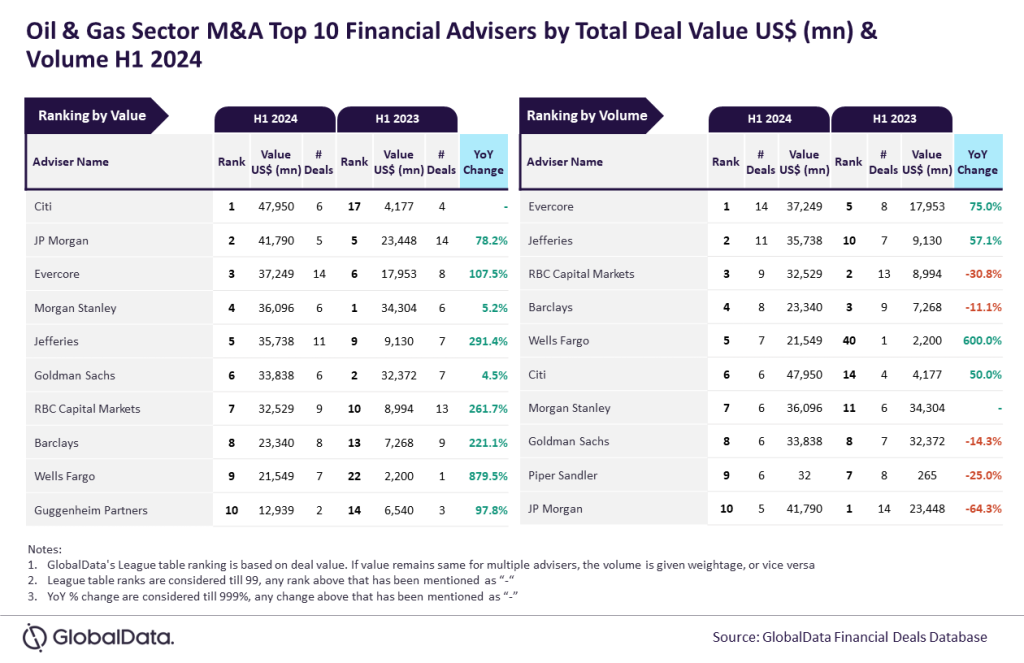Brent crude prices have reached their lowest levels since 17 April this year after concerns about possible supply outages eased.
The fall in oil prices was also supported by investors’ fears over a potential damage to global growth from rising trade tensions between China and the US.
Brent crude futures, the international benchmark, went down 32 cents, or 0.5%, trading at $71.52 per barrel after falling 4.6% on 16 July, while US West Texas Intermediate futures declined 31 cents, or 0.5%, to stand at $67.75, Reuters reported.
CMC Markets chief market strategist Michael McCarthy was quoted by the news agency as saying: “It is growth fears all around and more about concerns that trade worries will come back and bite.
“Oil trading volumes are abysmal and there is very little commitment at current levels.”
China posted slightly slower growth for the second quarter and the weakest expansion in factory activity in June in two years.
How well do you really know your competitors?
Access the most comprehensive Company Profiles on the market, powered by GlobalData. Save hours of research. Gain competitive edge.

Thank you!
Your download email will arrive shortly
Not ready to buy yet? Download a free sample
We are confident about the unique quality of our Company Profiles. However, we want you to make the most beneficial decision for your business, so we offer a free sample that you can download by submitting the below form
By GlobalDataHowever, the state planning agency noted that China will reach its economic growth target of around 6.5% this year.
Goldman Sachs stated that price volatility in oil markets will continue to remain elevated, with Brent crude prices expected to be positioned in the $70 to $80 per barrel range in the short-term.
The report said: “Supply shifts, alongside the ongoing surge in Saudi production, create the risk that the oil market moves into surplus.”
In Norway, workers have been on strike at offshore platforms since 10 July.
The protests were triggered by a dispute over wages and later expanded with more workers joining the strike.
Meanwhile, Libya’s National Oil said that production at the Sharara oilfield was expected to drop by at least 160,000bpd after the abduction of two workers by unidentified forces.
Based on data released by the US Energy Information Administration, US oil production from seven major shale formations is expected to increase by 143,000bpd to 7.47 million bpd next month.






